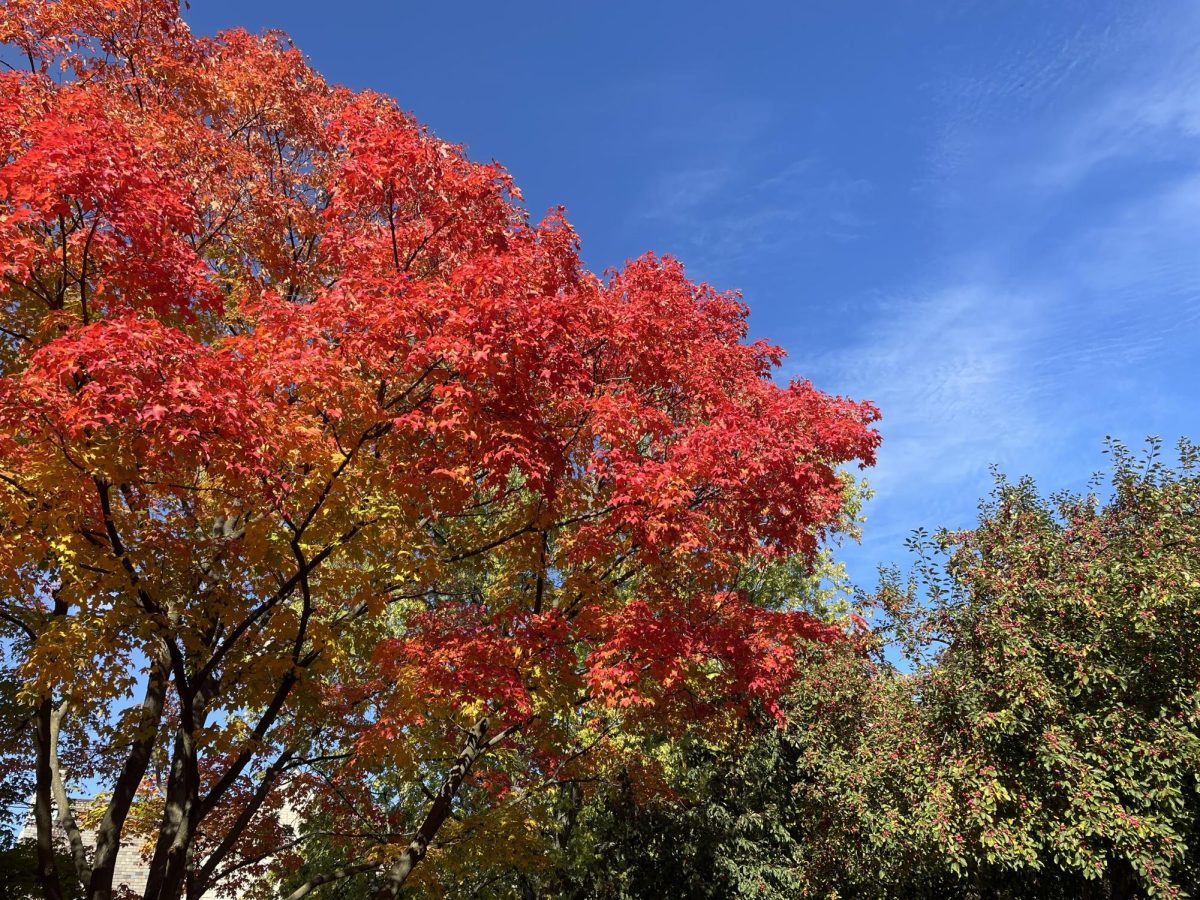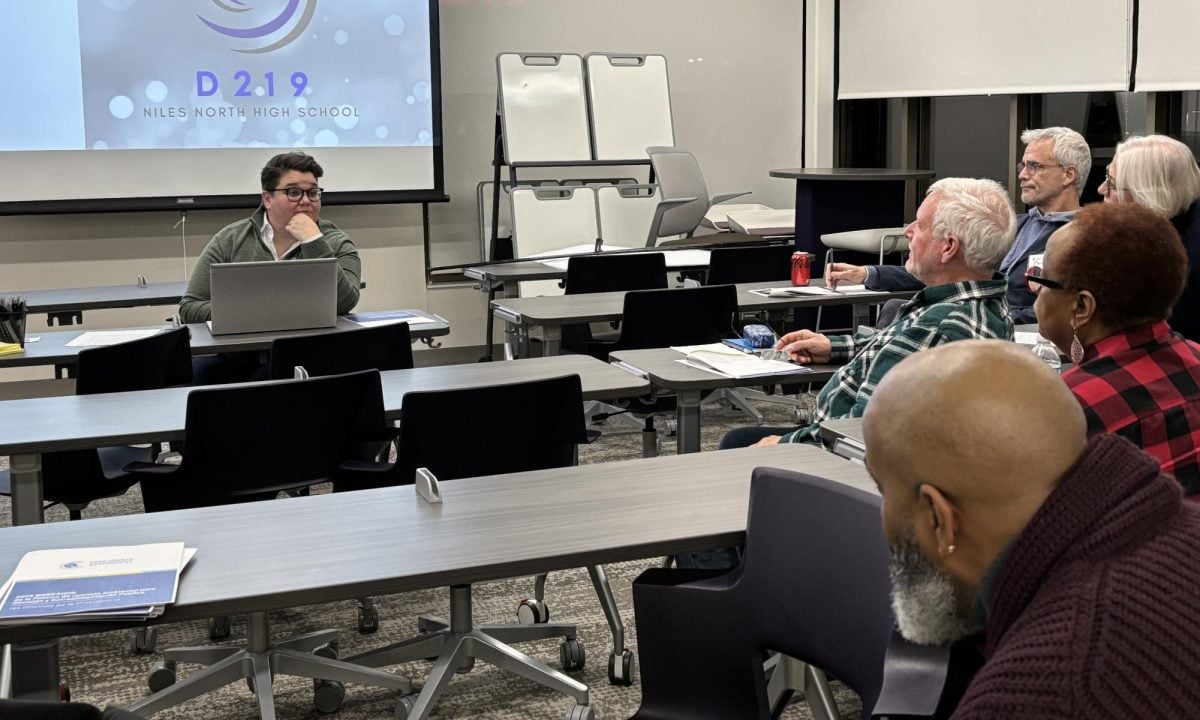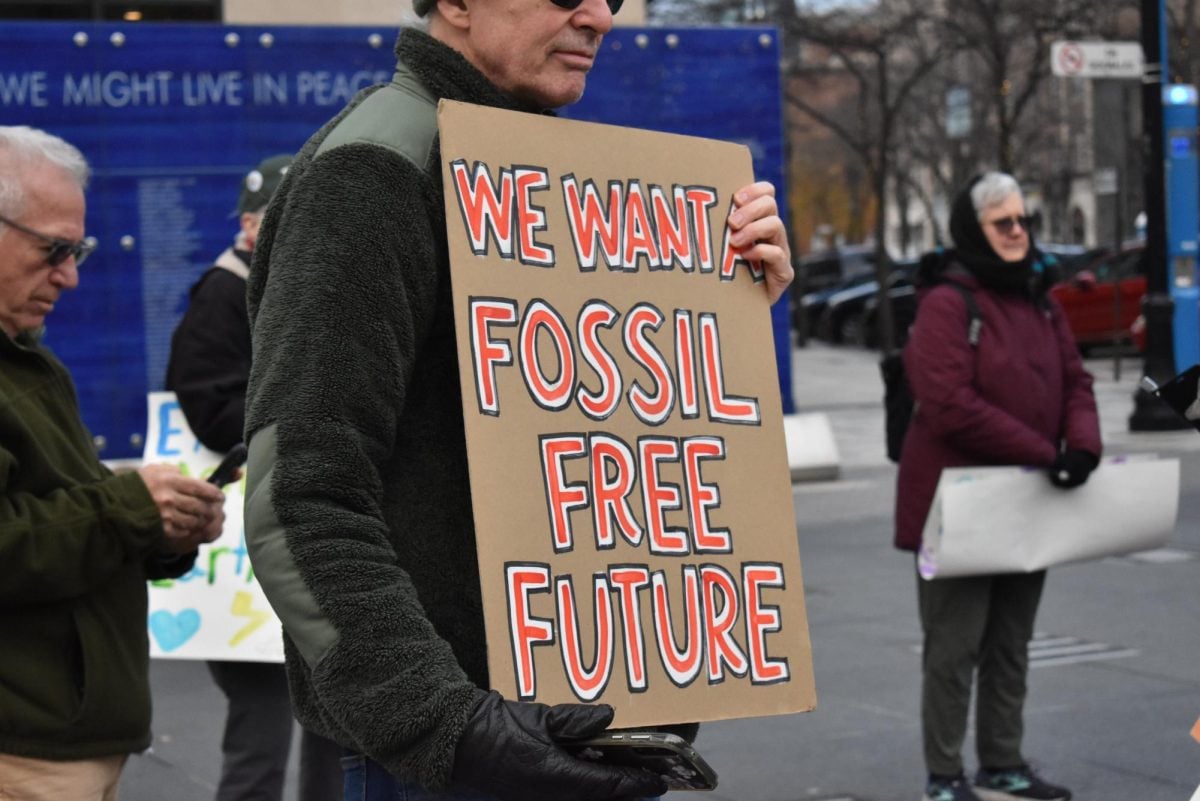On Sept. 11, City Council passed a new tree protection ordinance promoting the protection of trees on private property. Several local environmental activists said the new ordinance was a step forward.
The ordinance requires that citizens obtain a permit before removing a tree on private property. It includes exceptions for diseased and bothersome trees.
Co-chair of local environmental advocacy group Climate Action Evanston Joel Freeman, said the ordinance will not only protect trees, but will also provide an opportunity for local residents to continue learning about climate action.
“People need to be educated,” Freeman said. “There are some technical aspects that the average person can’t intuit, so you have to help teach them what those are. When you have a policy in place, you can do more outreach to inform people what that policy actually means.”
Leslie Shad, a board member of Climate Action Evanston, said she was “thrilled” with the new ordinance, and grateful that City Council “finally got it approved.”
The ordinance says its goal is to foster the protection and rehabilitation of Evanston’s urban tree canopy to promote positive environmental impacts.
Boston University Prof. Pamela Templer, who is the chair of the biology department, researches urban tree canopies. Templer said urban tree canopies filter air and water, provide shade, help lessen stormwater runoff and lower local temperatures.
“I think anything that cities can do to protect our canopy cover is going to benefit human and ecosystem health,” Templer said.
Templer said cities should consider equity when adopting these ordinances, since low-income areas often have less tree coverage than high-income areas. Studies show that areas with less tree coverage can reach dangerously high temperatures due to a lack of shade, which can have disproportionate impacts on low-income communities.
Templer also noted that fees associated with obtaining permits for tree removal may be burdensome for low-income individuals.
Permits cost $75, and revenue from these permits will be used to improve tree canopy health throughout the city, specifically for “financially vulnerable property owners who seek assistance related to managing their trees,” according to the text of the ordinance.
The adoption of a tree protection ordinance was also required under the city’s Climate Action and Resilience Plan. Passed in 2018, the plan outlines city sustainability goals, which includes carbon neutrality by 2050.
Shad said climate actions taken by City Council have helped her and other activists engage with the public to work on local solutions to the climate crisis.
“We really need a bigger megaphone to make progress on this,” Shad said. “We really do need the city to help us reach beyond the sort of ‘enviros’ of Evanston and talk to more people.”
Communication senior Jordan Muhammad is involved with climate activism on campus through Fossil Free Northwestern.
Muhammad said climate action could inspire additional environmental policy in not only Evanston, but also in other cities around the country.
“If we’re making change on a local level — whether that be within a group, within an institution, within our town — and other people see that, that can create a ripple effect,” Muhammad said. “We do have the ability to make an impact.”
Email: madelineking2026@u.northwestern.edu
Twitter: @madelineking_18
Related Stories:
— NU alum takes on role of co-chair at Climate Action Evanston
— Climate Action and Resilience Plan coordination meeting evaluates goals
— Evanston to develop new Climate Action and Resilience Plan



















